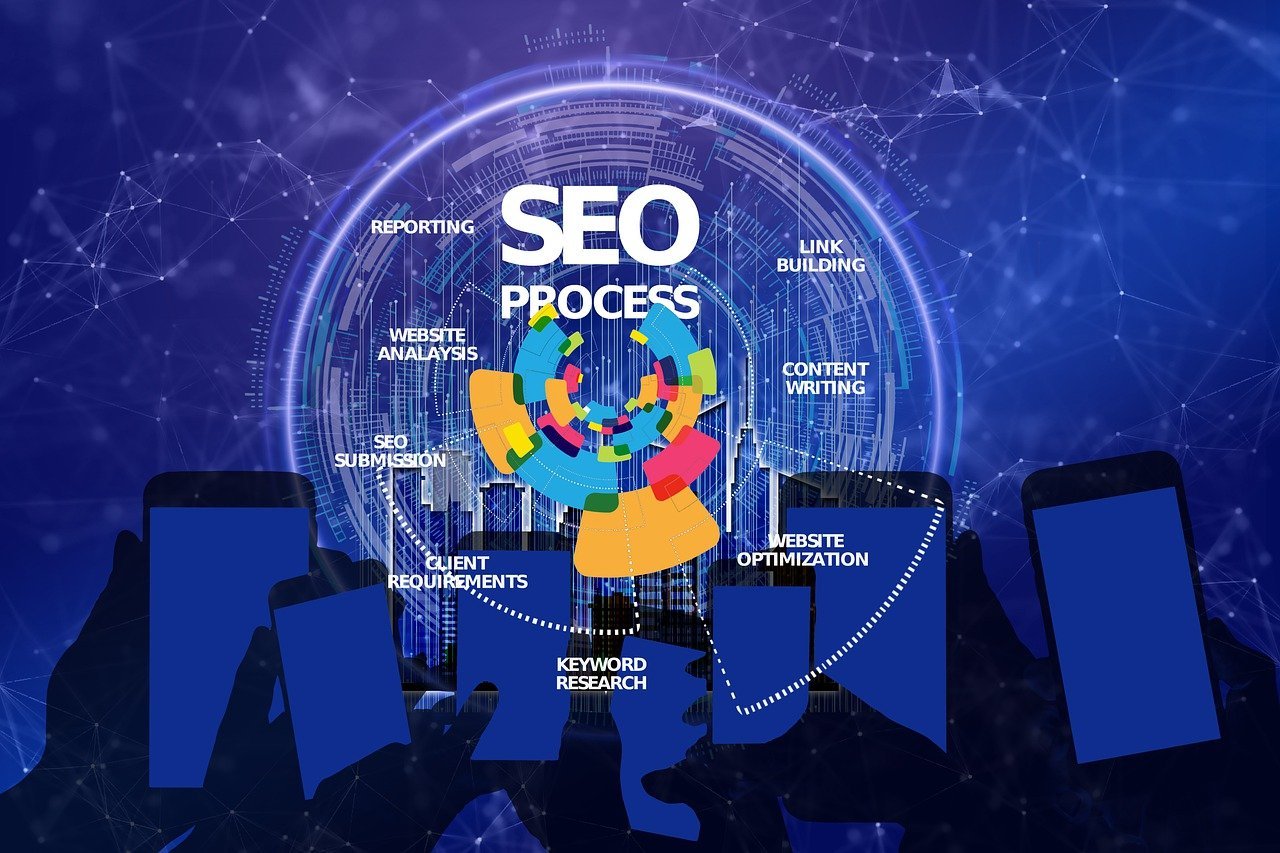The Ultimate Guide to Product Photography for E-Commerce In the world of e-commerce, where customers…
How to Optimize Your E-Commerce Product Pages for SEO
In the competitive world of e-commerce, having a well-optimized product page can be the difference between landing a sale or losing out to a competitor. SEO (Search Engine Optimization) is crucial for driving organic traffic, and optimizing your e-commerce product pages should be a top priority. In this guide, we’ll walk you through everything you need to know to optimize your product pages and boost their visibility on search engines.
Introduction
When was the last time you searched for a product and landed on the perfect product page that gave you all the information you needed and more? That’s the magic of an SEO-optimized e-commerce product page. In this digital era, optimizing your product pages for search engines isn’t just about ranking; it’s about providing a seamless shopping experience for your customers. Let’s dive into how you can optimize your e-commerce product pages for better SEO performance and increased visibility.
Why SEO is Critical for E-Commerce Product Pages
Search engines are often the starting point for shoppers, and if your product pages aren’t optimized for SEO, you’re missing out on potential customers. Without proper SEO, your pages may not rank well, leading to fewer impressions, clicks, and ultimately, sales.
Choosing the Right Focus Keyword
Selecting the right focus keyword is essential. It’s the keyword or phrase that you want your product page to rank for in search engine results. Your focus keyword should reflect the product you’re selling while also being a term your target audience searches for frequently. Use keyword research tools to identify terms with decent search volume and low competition.
Crafting the Perfect SEO Title

Your SEO title is one of the first things potential customers see in search engine results. Make sure your focus keyword is included at the beginning of your title. Additionally, using power words like “ultimate,” “exclusive,” or “best” can increase your CTR (Click-Through Rate).
Add Power Words and Numbers to Your Title
Titles with power words grab attention. For example, instead of “Wireless Earbuds,” you could use “The Best Wireless Earbuds for Crystal Clear Sound in 2024.” Notice the number in the title? Adding numbers makes your title more specific, which can boost your CTR.
Using Positive or Negative Sentiment in Titles for Higher CTR
Did you know that titles with a positive or negative sentiment can perform better? For example, “Avoid These 5 Mistakes When Choosing a Laptop” plays on a negative sentiment that might catch a reader’s eye.
Optimizing the Meta Description
Your meta description is a brief summary that appears under your SEO title in search results. It’s your chance to convince users to click on your product page. Be sure to include your focus keyword in the meta description, keep it under 160 characters, and make it compelling.
Why Your Meta Description Matters
A well-written meta description not only improves CTR but can also indirectly impact your SEO rankings. Search engines like Google often use click-through rates as a ranking signal, meaning the more people who click on your product page, the better it might rank over time.
Using Focus Keywords in URLs
One of the most overlooked aspects of SEO is the URL. Make sure your focus keyword is included in your URL to help search engines understand the content of your page better. A clean, readable URL like “example.com/best-wireless-earbuds” is both user-friendly and SEO-friendly.
Writing SEO-Optimized Product Descriptions

The product description is your chance to sell the product and incorporate your focus keyword multiple times without overstuffing. Aim for a keyword density of around 1%, meaning your focus keyword should make up 1% of the total word count.
Placing Your Focus Keyword Early in Your Content
Search engines give more weight to keywords that appear early in the content. Be sure to use your focus keyword in the first 100 words of your product description. This signals to search engines that your content is relevant to the keyword.
Optimizing Headings and Subheadings for SEO
Using headings (H1, H2, H3, and H4) helps search engines and readers navigate your content. Your product title should be an H1 heading, and subsequent sections should use H2 and H3 tags. Don’t forget to include your focus keyword in at least one of your subheadings to improve relevance.
Using Focus Keywords in Subheadings (H2, H3, H4)
By placing your focus keyword in subheadings like H2, H3, and H4 tags, you give search engines more signals about the topic of your content. This also makes your content more skimmable, enhancing user experience.
Incorporating High-Quality Images and Alt Text
Visual content is crucial for e-commerce product pages, but don’t forget the alt text. Search engines can’t see images, so they rely on alt text to understand them. Make sure your alt text includes your focus keyword and accurately describes the image.
Improving Page Load Speed for Better SEO

A slow-loading product page can cost you sales and hurt your SEO ranking. Use tools like Google PageSpeed Insights to measure and improve your page load times. Optimize images, reduce unnecessary scripts, and use caching to speed up your site.
Internal Linking Strategies for E-Commerce SEO
Internal links help search engines discover more of your website’s content, and they can also keep users on your site longer. Link to related products or relevant blog posts within your product descriptions to improve SEO and provide additional value to customers.
Leveraging Customer Reviews and User-Generated Content
User-generated content, like customer reviews, is gold for SEO. Reviews often contain long-tail keywords that search engines can pick up, and fresh content keeps your product pages relevant.
Mobile Optimization for Product Pages
With more people shopping on mobile devices, your product pages need to be mobile-friendly. Make sure your website is responsive, your images are optimized for mobile, and your buttons are easy to click on smaller screens.
Tracking and Measuring SEO Success
Finally, it’s essential to track the performance of your SEO efforts. Tools like Google Analytics and Search Console can help you monitor organic traffic, keyword rankings, and other important metrics.
Conclusion
Optimizing your e-commerce product pages for SEO is more than just stuffing keywords into your content. It’s about creating a user-friendly experience that search engines recognize as valuable. By following these strategies, you’ll be well on your way to improving your product page rankings and driving more organic traffic.
FAQs
What is the ideal keyword density for product pages?
The ideal keyword density is around 1%, meaning your focus keyword should appear once for every 100 words of content.
How often should I update my product page SEO?
It’s a good idea to review and update your product pages for SEO every few months, especially when you introduce new products or trends.
Can customer reviews help with SEO?
Yes, customer reviews often contain keywords and fresh content, which can help improve your product page rankings.
How important are meta descriptions for SEO?
Meta descriptions don’t directly impact rankings, but they can significantly improve CTR, which is a ranking factor.
How do I know if my product page is optimized for SEO?
Use tools like Google Search Console to track keyword rankings, and look for improvements in organic traffic and conversions.



